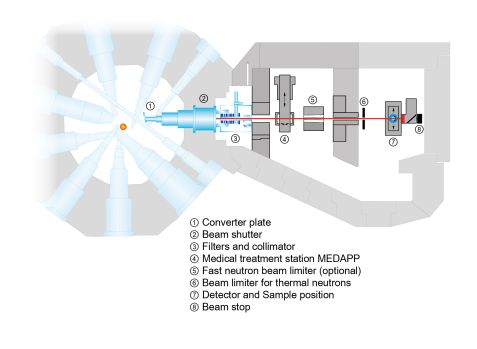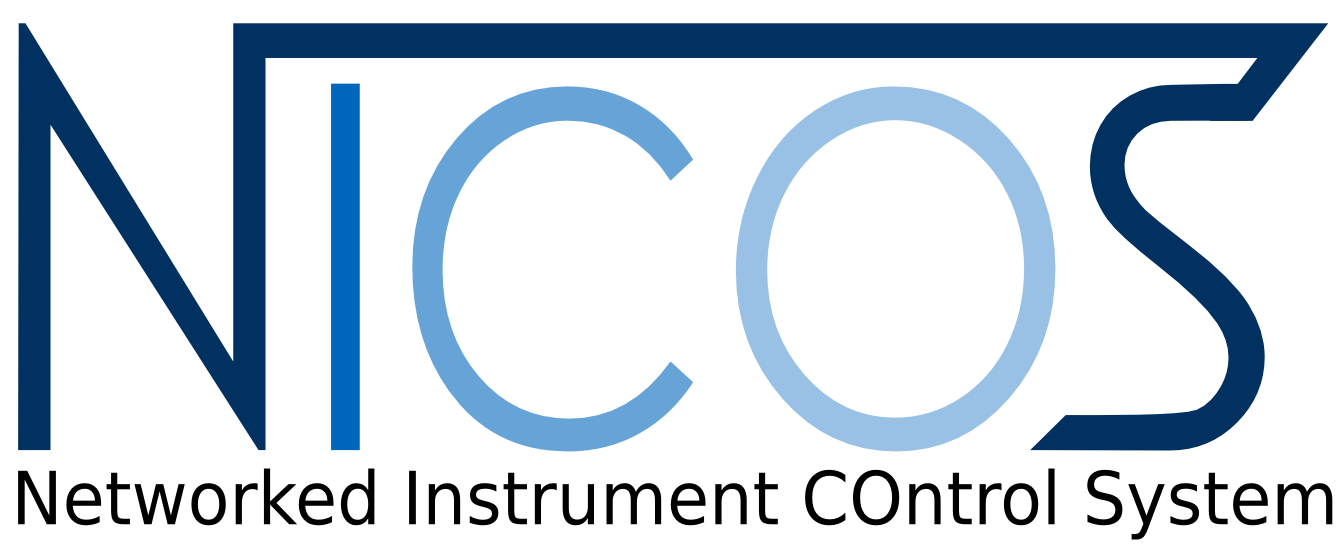MLZ is a cooperation between:
 > Technische Universität München
> Technische Universität München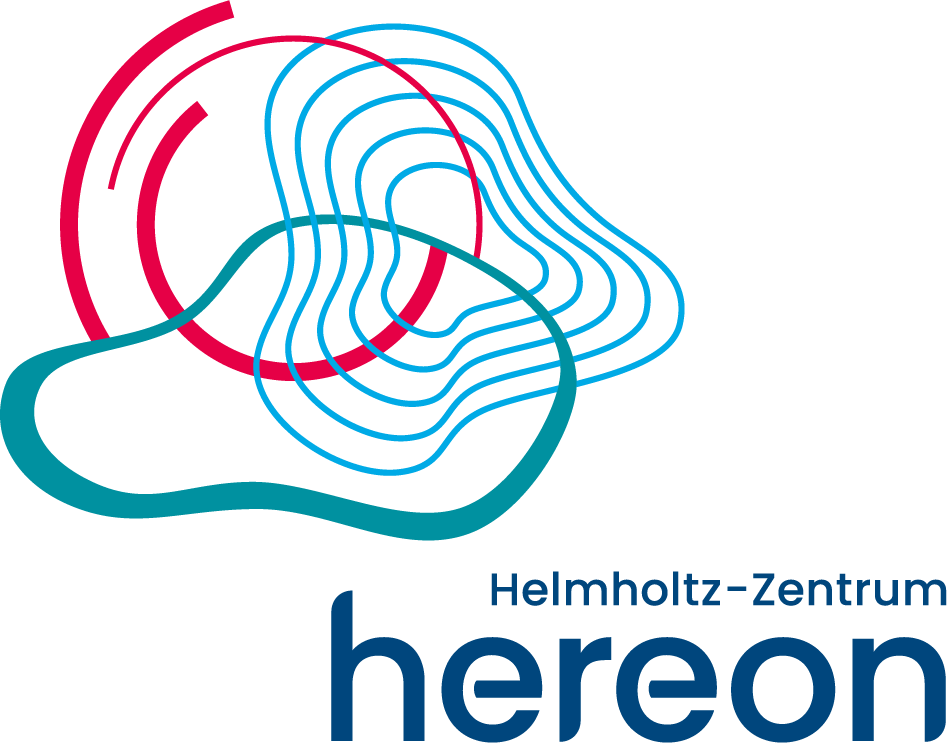 > Helmholtz-Zentrum Hereon
> Helmholtz-Zentrum Hereon
 > Forschungszentrum Jülich
> Forschungszentrum Jülich
MLZ is a member of:
 > LENS
> LENS > ERF-AISBL
> ERF-AISBL
MLZ on social media:

MLZ (eng)
Lichtenbergstr.1
85748 Garching
MEDAPP & NECTAR
Fission neutron facility for scientific, medical, and industrial applications
The two instruments MEDAPP (medical applications) and NECTAR (Neutron Computed Tomography and Radiography) are installed at beam tube 10 (SR-10). At its entrance, there is a unique beamline converter facility worldwide where fast fission neutrons are generated through the thermal fission of uranium. These neutrons are utilised by both instruments for a variety of applications.
Additionally, an alternative use of thermal neutrons for selected inquiries is currently being implemented.
MEDAPP
MEDAPP is an instrument primarily built for the medical treatment of malignant tumours, but the irradiation room (see fig. 1 and 2 in the gallery) can also be used for general purposes, e.g. for biological research and technical irradiations.
Due to their energy spectrum, fast reactor neutrons have the highest biological effectiveness of neutron beams used in cancer treatment at other facilities, comparable only to the effectiveness of heavy ions. This advantage comes at the expense of penetration depth in tissue, which – due to the relatively low mean energy of 1.9 MeV – limits the application of fast reactor neutrons to near-surface tumours, typically recurrent breast tumours and melanomas.
The particularly large beam cross-section of SR-10 of up to 27 × 20 cm2 also allows the irradiation of rather large objects, such as groups of cell culture flasks or complete electronic devices.
NECTAR
NECTAR is a versatile facility for the non-destructive inspection of various objects using fission neutron radiography and tomography, respectively.
The obtained images (radiographs, 2- and 3-D-tomographs etc.) often show complementary or additional information compared to the investigation with X-rays, gamma radiation, or even cold or thermal neutrons. Especially for large objects consisting of dense materials, the deep penetration of fission neutrons is well suited for their non-destructive investigation, still being sensitive for the detection of hydrogen-containing materials.
The instrument NECTAR is controlled using the Networked Integrated Control System (see also NICOS). It is a Python-based control environment, allowing simple use for non-experienced users and the development of individual scripts for more advanced users.
The acquired radiographs are available in different image formats (e.g. fits and tif) and can be processed by most common image processing tools. On-demand, reconstruction and visualisation software is available on-site for data analysis.
Technical data & typical applications
- Converter facility, consisting of a two-plate configuration using uranium-silicide as a fission source
MEDAPP
Neutron spectrum- Fission spectrum
- Mean energy: 1.9 MeV
- Flux: up to 7 × 108 n cm-2 s-1 (depends on filter used)
- Thermal spectrum of the D2O moderator (without converter)
- Mean energy: 28 meV
- Flux: ca. 2 × 109 n cm-2 s-1
- Multi-leaf collimator, individually adjustable up to 27 cm x 20 cm2
- Max. 40 × 30 cm2
- Ionisation chambers for dosimetry
- Custom systems can temporarily be installed by users
- Neutron medical treatment of malign tumours in the MEDAPP room
- Biological dosimetry, e.g., irradiations of cell cultures
- Irradiations of electronic components (also on-line tests)
- Fundamental physics
NECTAR
Neutron spectrum- Fission spectrum
- Mean energy: 1.8 MeV
- Flux: 8.7 × 105 n cm-2 s-1 – 4.7 × 107 n cm-2 s-1 (depending on filter used)
- Thermal spectrum of the D2O moderator (without converter)
- Mean energy: 28 meV
- Flux: up to 1 × 107 n cm-2 s-1
- L/D: selective: 200, 400, 600 or 800
- Max. 80 × 80 × 80 cm3, maximum thickness also depends on material
- Max. 500 kg
- Any standard sample environment available MLZ and custom environments required for specific user experiments can be easily attached (e.g. hydrogen supply)
- CCD-based (ANDOR DV434-BV, Andor iKon-M-BV, pco. 1600) detection systems with different converters, e.g. PP-converter with 30 % ZnS and 30 × 30 × 0.24 cm3 (W x H x T) available
- Cultural Heritage
- Restauration and conservation of objects
- Inner structure of large archaeological objects
- Technology
- Hydrogen storage
- Degradation of glue in timber
- Water or oil in large metallic objects (e.g. gearboxes)
- Biology
- Water uptake in large wooden samples
Instrument scientists
Dr. Tobias Chemnitz (MEDAPP)
Phone: +49 (0)89 289-54717
E-mail: tobias.chemnitz@frm2.tum.de
Dr. Adrian Losko (NECTAR)
Phone: +49 (0)89 289-14756
E-mail: adrian.losko@frm2.tum.de
Dr. Thomas Bücherl (NECTAR)
Phone: +49 (0)89 289-14328
E-mail: thomas.buecherl@tum.de
MEDAPP
Phone: +49 (0)89 289-14831
NECTAR
Phone: +49 (0)89 289-11777
MEDAPP operated by
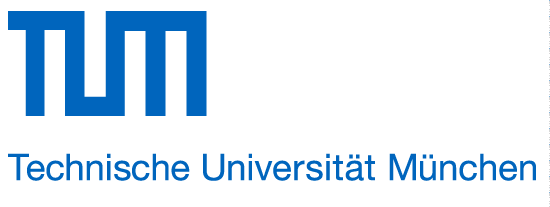
MEDAPP funded by

NECTAR operated by


NECTAR funded by
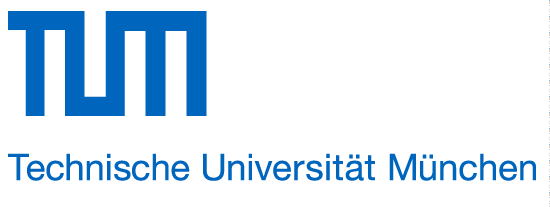

Publications
Find the latest publications regarding MEDAPP in our publication database iMPULSE:
Find the latest publications regarding NECTAR in our publication database iMPULSE:
Citation templates for users
In all publications based on experiments on these instruments, you must provide some acknowledgements. To make your work easier, we have prepared all the necessary templates for you on this page.
Instrument control
Gallery



MLZ is a cooperation between:
 > Technische Universität München
> Technische Universität München > Helmholtz-Zentrum Hereon
> Helmholtz-Zentrum Hereon
 > Forschungszentrum Jülich
> Forschungszentrum Jülich
MLZ is a member of:
 > LENS
> LENS > ERF-AISBL
> ERF-AISBL
MLZ on social media:



